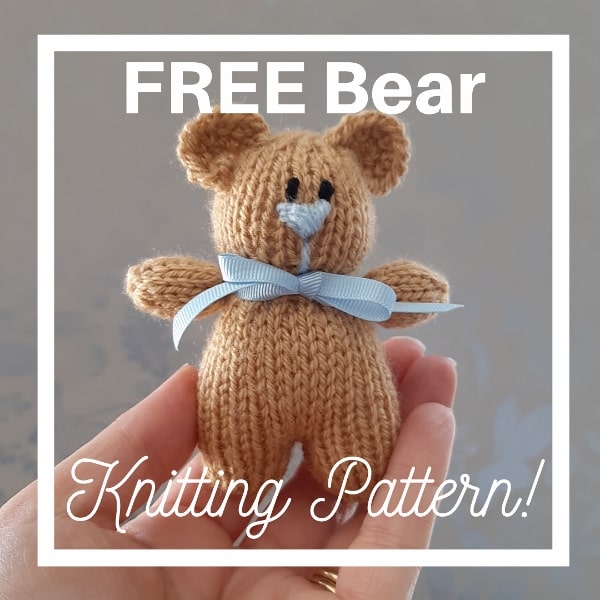Knitting
What Is the Easiest Toy to Knit for Beginners?
The easiest toy to knit for beginners is a small, simple stuffed bear made using straight needles and basic stitches like knit and purl. For example, the tiny bear pattern uses brown double knitting yarn, a bit of contrast yarn for the nose and eyes, ribbon for a bow, and toy stuffing — and measures just 9 cm tall when finished.
This project keeps shaping and assembly minimal, making it ideal for new knitters.

If you’re new to toy knitting and wondering where to start, this pattern is a smart first choice. The “Tiny Bear” pattern from Knitting by Post is described as “quick and easy” and is suitable for any skill level. Knitting by Post What makes it beginner-friendly? Straight single-pointed needles, classic knit/purl (Stocking Stitch) work, minimal shaping, and a small finished size. In this article we’ll walk you through why it is a great first toy, what you’ll need, and some tips to make your first project – and your next – go smoothly.
Find the complete pattern here for free.
Why This Toy Works for Beginners
- Very small scale (≈ 9 cm tall) so you’re not committing to a huge project.
- Uses double knitting (DK) yarn and 3 mm needles — manageable tension for beginners.
- Basic techniques: increases, decreases, Stocking Stitch – no cables or complex patterns.
- Minimal parts: body/head, two arms, two ears, simple finishing with ribbon & toy stuffing.
- Quick to finish: less risk of losing motivation midway.
- Easy to personalise and gift.
Materials You’ll Need
- Brown DK (double knitting) yarn — oddments work fine.
- Small amounts of contrast yarn (blue and black) for nose/eyes.
- Short piece of ribbon for a bow around the neck.
- Toy stuffing.
- Straight single-pointed needles size 3 mm.
- Basic sewing needle for finishing and attaching parts.
Tips to Make Your First Toy Knitting Project Smoother
- Choose a smooth, solid-colour yarn so you clearly see your stitches and increases/decreases.
- Block or lightly steam your pieces to even tension before assembly.
- Use safety eyes if for a child toy (check age suitability) or sew on small embroidery eyes.
- When stuffing, use small amounts at a time to avoid lumps or uneven shaping.
- Take your time sewing pieces together – clean seams make the final toy look polished.
- Once finished, pick a slightly more challenging pattern for your next project (e.g., with shaping or accessories).
If you enjoyed this free tiny bear pattern, consider exploring our beginner-friendly paid patterns too:
These builds on the skills here and offer larger scale or extra features while staying friendly for new knitters.
FAQ Section
Q1: Can beginners really knit toys easily?
A- Yes. Many toy patterns for beginners use basic knit and purl stitches, minimal parts and accessories, and manageable sizes — making them ideal as first projects.
Q2: What yarn is best for a beginner knitted toy?
A- A smooth, solid-colour DK (double-knitting) yarn works best. It shows stitch definition, handles well on 3 mm to 4 mm needles, and allows patterns like the tiny bear to be completed quickly.
Q3: Do I need special needles to knit toys?
A- Not for simplest toys. Straight single-pointed needles (3 mm in this case) are sufficient. Learners can save circular or double-pointed needle techniques for later.
Q4: How do I safely make knitted toys for children?
A- Use safety-tested eyes or embroider eyes/nose, ensure seams are secure, choose washable yarn, and follow toy-safe stuffing guidelines (especially for babies). Always check your local toy safety standards if intended for very young children.
About Us
Written by Knitting by Post Designers, with over 15 years designing toy knitting patterns and serving an international customer base from the UK. Having helped thousands of beginners knit their first toy, We are very passionate about making craft fun and accessible.

